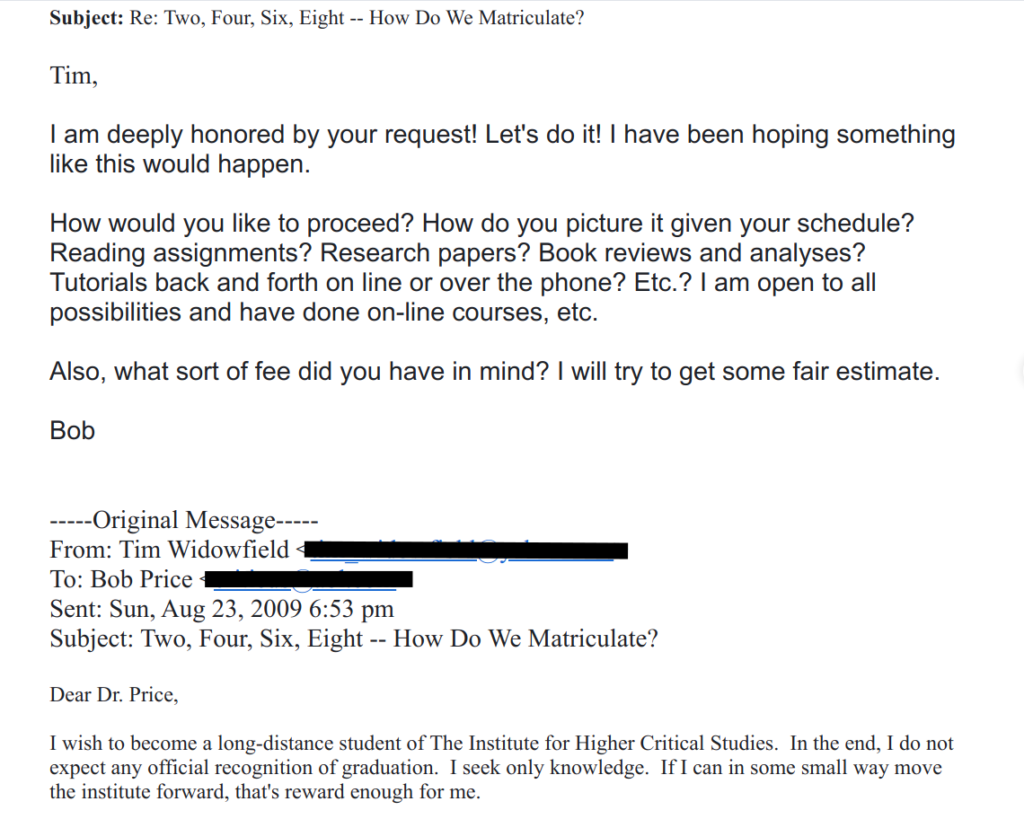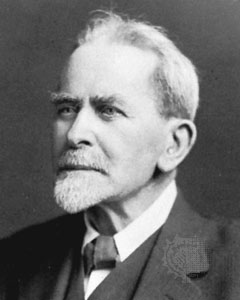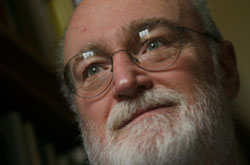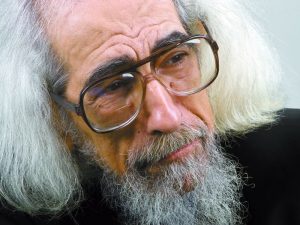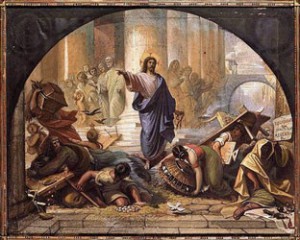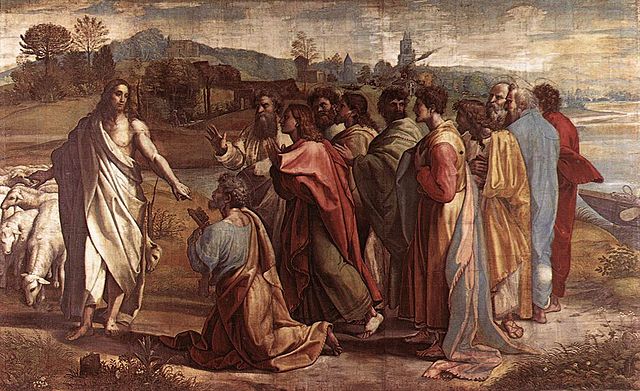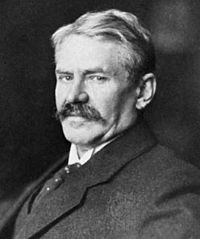Thanks to the emailer who brought me up to date with what’s happening elsewhere on the web, in particular a youtube discussion between Robert M. Price and Christopher Hansen about Christian origins, or more specifically the question of Jesus’ historicity.
Some points I particularly liked:
References to works against and for the concept of dying and rising gods in the ancient world, with special focus on Weber’s explanation of an “ideal type” (addressed by Price, as many readers will know) — that’s a concept I have had lined up for a post here so with the prod from this discussion I must make that post soon. I have also often wanted to post on Jonathan Z. Smith’s books. (I don’t recall off-hand if I have yet done so on Trygge Mettinger’s Riddle of Resurrection.)
Another comment worth registering: nothing should be dismissed out of hand by anyone sincerely interested in scholarly inquiry. It is too easy to say Arthur Drews should be dismissed because so many books “debunking” his views have been published; what a scholar should do is always address an argument in his own terms, seriously, not dismissively.
Price cannot hold back from injecting his political views from time to time, but at least he does so with humour and we have to indulge him (hoo boy!). One has to sympathize with his agony when he points out the (one would think) obvious evidence that the pagan concepts of dying and rising gods preceded Christianity yet finding that some scholars seriously contemplate the possibility that Christianity was the influence that these religions copied in late(r) antiquity.
One little detail mentioned in passing by Price was a reference to a scholar (not Charles Guignebert) who said that a historical Jesus would not likely have been named Jesus. If anyone does hear that detail I would welcome a note in the comments on his name. I have posted Guignebert’s argument on the same point and would like to know how the two compare.
That moment was part of a discussion on whether or not we could call a figure a “historical Jesus” if he was so much at variance with our concept of Jesus. (That discussion reminds me of a colleague at the Singapore National Library Board who used to raise the question of the relationship of technology to copyright and identity by pointing out that Cindy Crawford has a beauty mark on her left cheek, but if we reverse her photo it will appear on her right cheek: deep philosophical question coming up — is that reversed image really that of Cindy Crawford given that CC’s mark is on her left, not right, cheek?
https://www.youtube.com/watch?v=PSJ64C7dk0k&feature=youtu.be
Another question that comes up in the discussion: what literature in the “pagan world” is comparable to the gospels insofar as it treats a historical character in mythical terms? An example of Augustus Caesar was given, also Vespasian. I think that that answer left something to be desired. The gospels can arguably be sourced from nonhistorical narratives and are clearly mythical (or some scholars would prefer to say “christological”) in their presentation of Jesus; accounts of Roman emperors are clearly derived from historical events and the mythical additions are generally noted as such, or with some reservation usually being expressed by the historian/biographer.
Christopher Hansen says he is a “historicist”, currently accepts that there was a historical Jesus who was a distinctive personality (how can one “do anything” with a very ordinary person?) who did claim to be god (I hope I have recalled that correctly). Similarly he thinks there was a historical Gilgamesh, and a Trojan War behind the Iliad. I can’t see those arguments, myself. Much good fiction (including ancient novellas) is placed in real settings and includes some introduction of historical persons. (I mean, there may have been a historical Jesus, Gilgamesh, Trojan War between Agamemnon and Priam, — but if so, we can never know.)
Anyway, those are some of the details that came to my mind reflecting back on the discussion.
One thing I appreciated was being alerted to some books I have not yet read and have now put on my wish list.
One piece of good news came up — Acharya S’s book The Christ Conspiracy is apparently being re-written (at her request) with Bob Price’s involvement to be a more scholarly presentation.
I am a little perplexed by Price’s leaning to the possibility that “the Romans” invented Christianity to somehow help pacify messianic Jews. I will have to read the book he mentioned (Creating Christ by Valiant and Fahy) with Brandon’s in mind to see what lies behind his thinking. I can understand Judeans elites “inventing” a form of “Judaism” under the Persians since Thomas L. Thompson has pointed out that such religious innovations were a practice in those time to persuade people who had been resettled that they were there at a god’s bidding. But we have a very different sort of situation in the wake of the two Jewish wars against Rome. Something I need to read more about before further comment.
Price once again mentioned his personal friendship with Gregory Boyd, co-author of The Jesus Legend. Price has mentioned that relationship before and it pulled me up because some years ago I wrote a very judgmental review of Boyd’s (and Eddy’s) approach to the question of interpolation in 1 Thessalonians 2:16. Price’s comment reminded me that we are addressing our fellow human beings and it pays to treat them with respect and not get carried away with the quasi-anonymity or distance set up by the internet.
Like this:
Like Loading...

